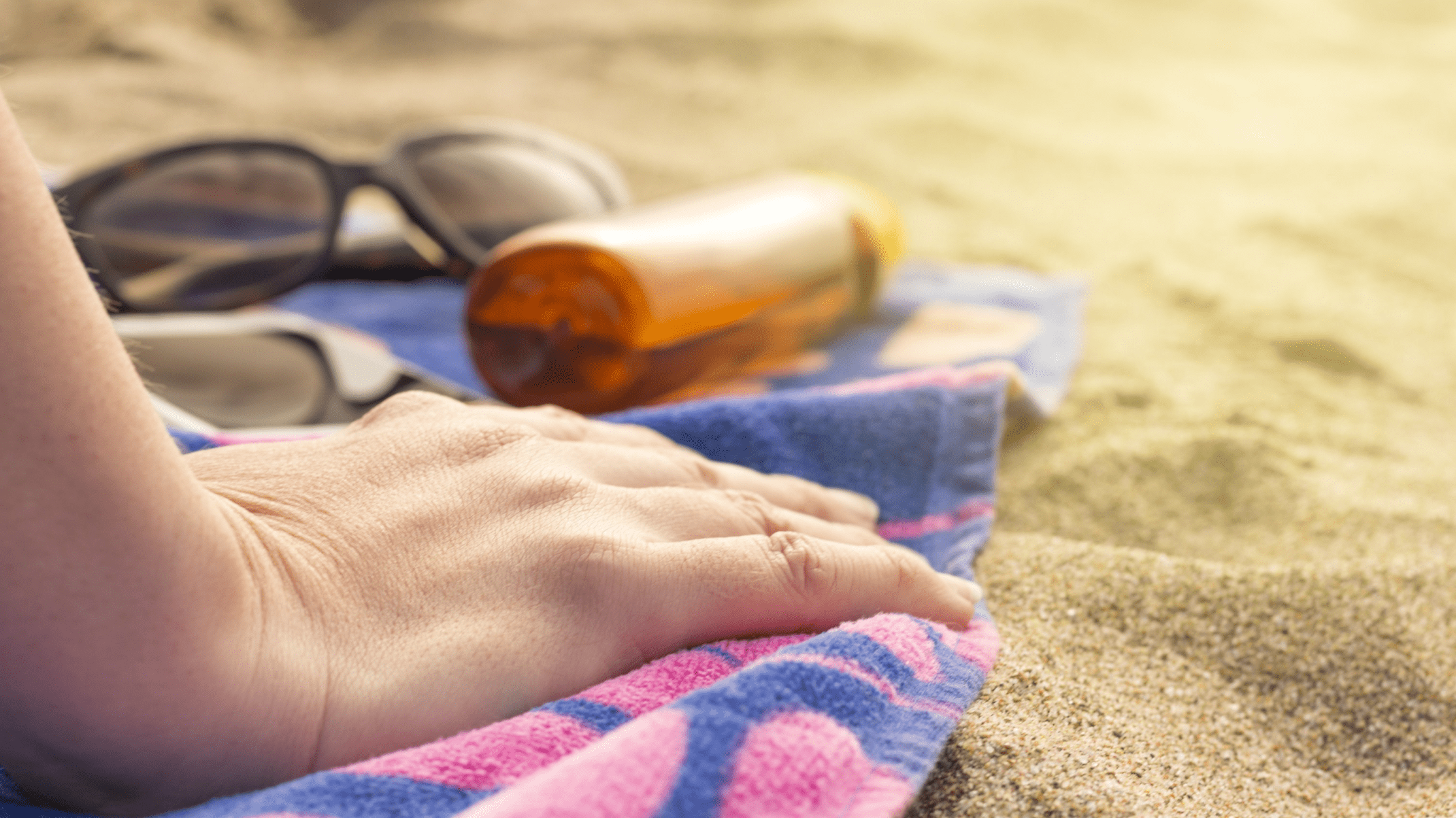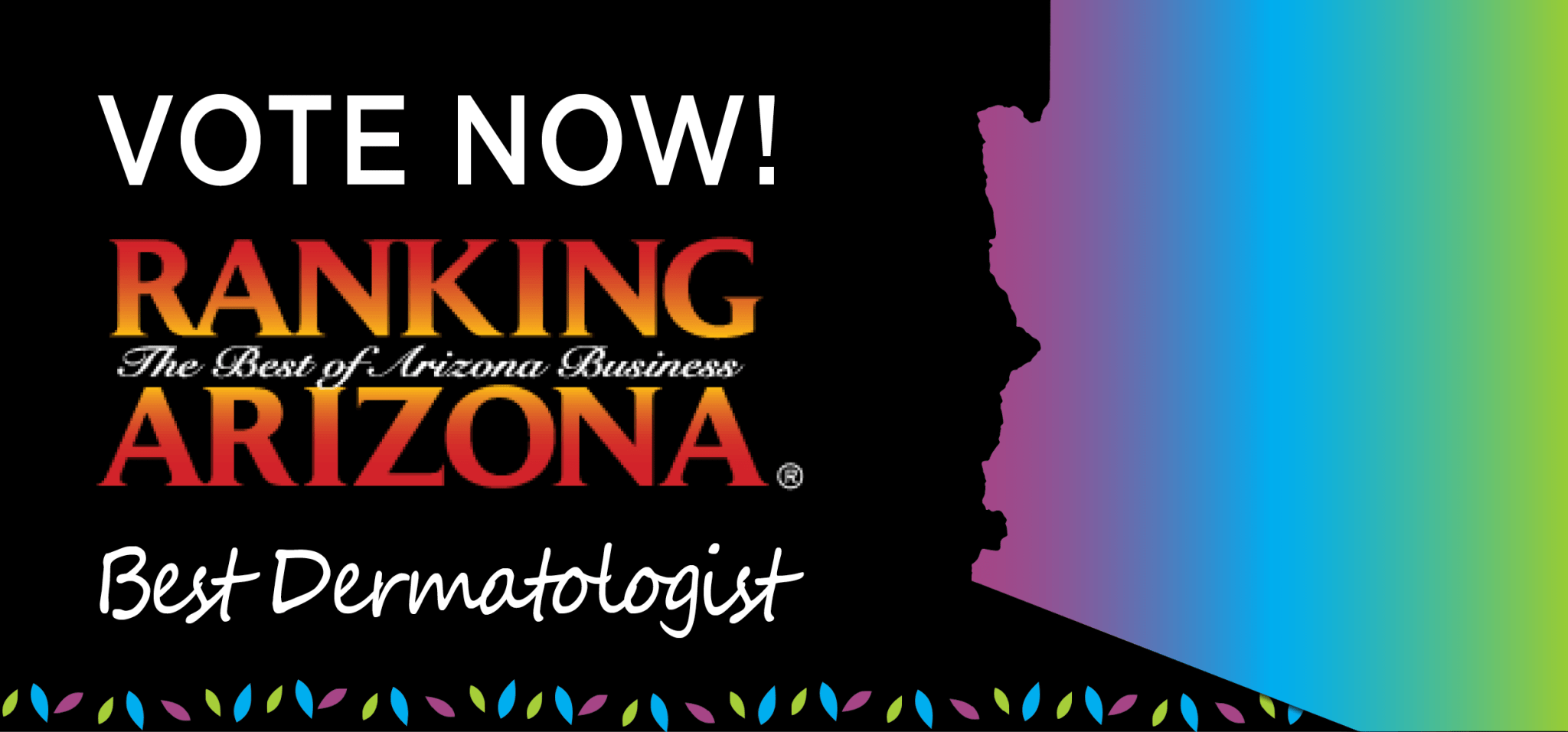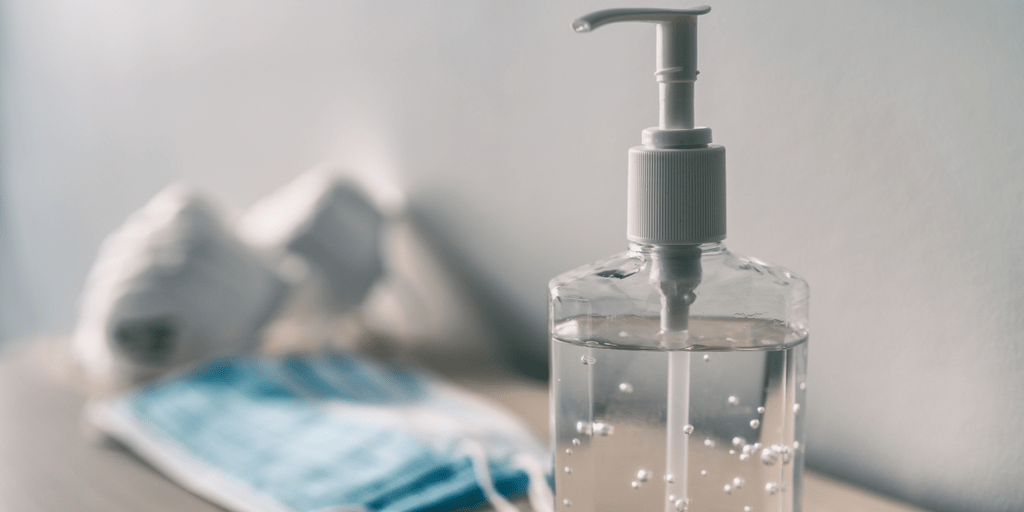Leigha Shilhanek, NP of Affiliated Dermatology shares the many things that you can do to detect and protect against skin cancer with Susan Casper of ABC15’s Sonoran Living. Skin Cancer is the most common of all cancers and accounts for nearly half of all cancers in the United States. Oftentimes, people go about their fun in the sun lives without acknowledging the high risk that the sun inflicts on the skin.
How to Practice Sun Safety
May is National Skin Cancer Awareness Month and, with more than 300 days of sunshine annually, Arizonans are exposed to more UV rays than most Americans. The American Academy of Dermatology says one in five Americans will develop skin cancer in their lifetimes and every day nearly 20 Americans die from melanoma.
Melanoma is the deadliest form of skin cancer with most cases are attributable to UV (ultraviolet) exposure. Every person-regardless of age, race or ethnicity-should use a daily sunscreen to help protect against UV rays. The experts at Affiliated Dermatology are available to discuss sun protection and skin cancer prevention and treatment.
Look for sunscreens with:
- SPF 30 or higher
- Broad-spectrum protection against UVA and UVB rays
- Water resistance
- Most adults need about one ounce (equivalent to a shot glass) to cover their body.
- Cover all exposed skin, including neck, ears, and top of head.
- Reapply every two hours when outdoors and immediately after swimming or sweating.
- Use a lip balm that contains SPF 30 or higher.
- Avoid direct exposure between 10 a.m. and 4 p.m. when the sun’s rays are strongest.
- Wear lightweight long-sleeved shirts, pants, a wide-brimmed hat and sunglasses.
- Be extra aware around water and sand because they reflect damaging rays, which can increase sunburn chances.
- Skin cancer is the most common form of cancer in the United States.
- About 9,500 Americans are diagnosed with skin cancer every day.
- One in five Americans will develop skin cancer in their lifetimes.
- One blistering sunburn in childhood or adolescence can nearly double a person’s chance of developing melanoma later in life.
- Even on cloudy days, up to 80 percent of the sun’s UV rays can reach your skin.






